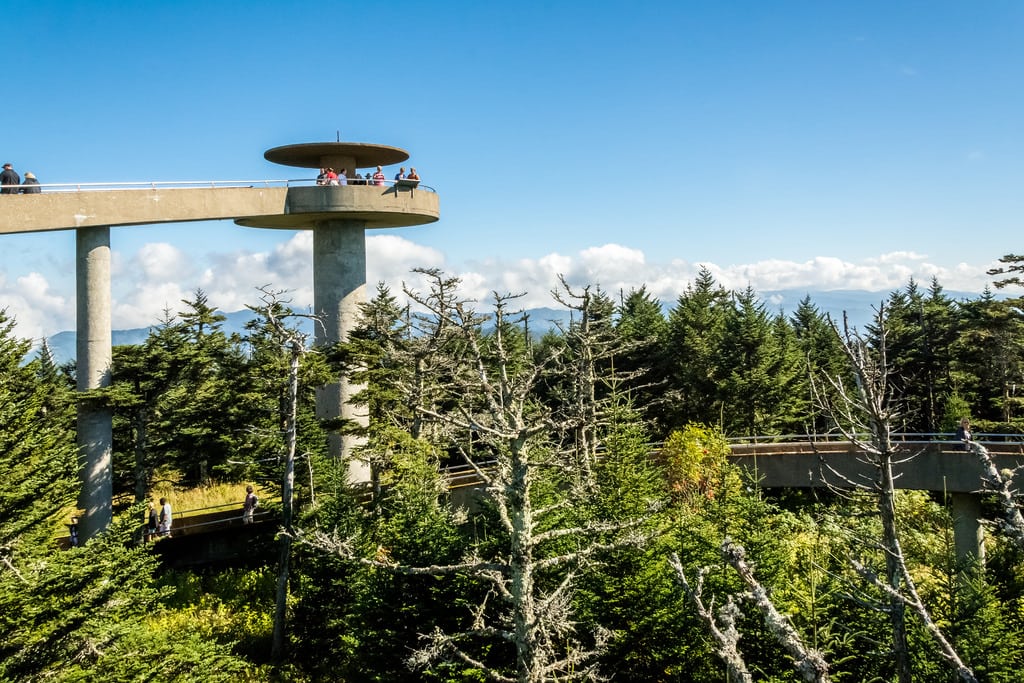U.S. National Parks Still Aren't Sure How to Deal With Overtourism

Skift Take
The park service has dramatically changed its tune during the past year and acknowledged that overtourism is something it must address – all while its leadership has stirred trouble. But the parks have a long road to travel before they can command a reasonable balance of visitors who won't cause a conservation nightmare.
Many U.S. National Park Service officials have publicly pointed to the negative impact of overtourism during the past year, and they are considering reservation systems for some parks and other measures to address visitor growth.
While officials are mulling reservation systems for some parks to get a handle on overtourism, these aren't imminent, said Donny Leadbetter, tourism program manager for the U.S. National Park Service.
More than 330 million people visited a park, monument or site part of the national park system last year, about the same as 2016. But visitors spent more than 1.4 billion hours in the parks, a 1.4 percent (19 million hours) increase year-over-year.
Some 61 of the 385 reporting parks (the park service has 417 parks and sites across the United States) set new visitation records last year (16 percent of reporting parks).
The 2017 visitation data released this week come after a chaotic year for the park service and Department of the Interior that oversees it. Interior Secretary Ryan Zinke, who took office a year ago this week and was nominated by President Donald Trump, has sided with the oil industry over environmentalists and reassigned dozens of top park service managers to parts of the agency where they had no experience.
Zinke also suspended more than 200 park service committees and boards pending an internal review and most of the park service advisory board's members quit in January out of frustration with Zinke.
Blue Ridge P
